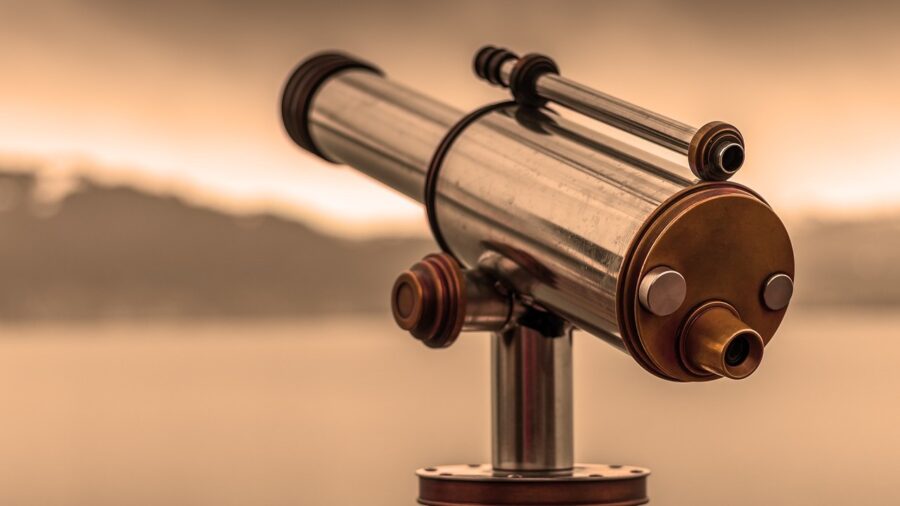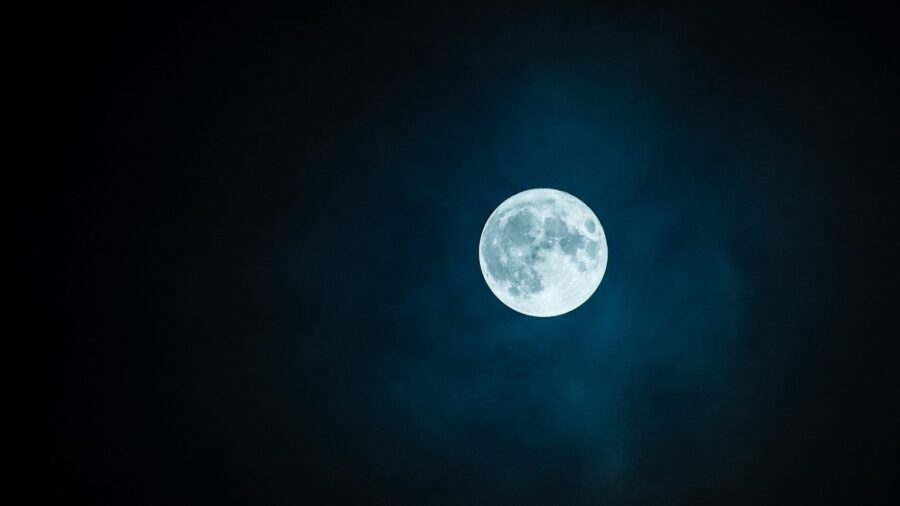Scientists Building Giant Telescope On The Moon?

The relentless pursuit of scientific discovery has driven humanity to explore the cosmos in ever more ingenious ways. It was never going to be enough to have a few humans walk on the moon — no, that first giant leap for mankind was simply the first baby step in our ever-expanding journey of space exploration. The next step, according to Universe Today, is figuring out how to build a Moon telescope, a scientific feat that we have yet to accomplish but that NASA and other astrophysicists around the world are working diligently to achieve.
Scientists are considering different means of installing telescopes on The Moon, to help look deeper into space than ever before.
Long before Galileo Galilei first looked upon the Moon’s surface with his newly invented telescope in 1608, humans were obsessed with the dark atmosphere above us and finding out what exists in space beyond our line of sight. From humble backyard telescopes to advanced space-based observatories, our quest to unravel the mysteries of the universe has continued unabated.
In a recent paper on the arXiv, researchers explored the options available to build the next big observatory on the lunar surface, in other words, creating a giant moon telescope that will show us what in space is still waiting to be discovered.
Another proposal, the Life Finder Telescope At Lunar Poles (LFTALP), envisions an array of 6.5-meter telescopes primarily focused on studying exoplanet atmospheres.
The concept of lunar observatories is not entirely new. For example, NASA greenlit an exploratory grant for the Lunar Crater Radio Telescope (LCRT), and during the Apollo missions, retroreflectors were placed on the Moon’s surface to create a modality for precise distance measurements to Earth. However, the recent paper presents an array of innovative ideas for a brand new type of Moon telescope, including the intriguing concept of a “hypertelescope.”
A few ideas for Moon telescopes include creating more radio telescopes like the LCRT. Situated on the far side of the Moon, the LCRT offers a unique vantage point for radio astronomy. Another proposal, the Life Finder Telescope At Lunar Poles (LFTALP), envisions an array of 6.5-meter telescopes primarily focused on studying exoplanet atmospheres.

Additionally, the Lunar Optical UV Explorer (LOUVE) aims to investigate bright ultraviolet objects, while there are even concepts for a gravitational wave observatory akin to LIGO.
Unfortunately, while each idea is brilliant in its own way, the common challenge with each ambitious Moon telescope project is the technical difficulty associated with construction. It would be difficult to create these telescopes even here on Earth, but on the Moon, it would be far beyond our current abilities.
However, the authors of the paper propose a more straightforward idea: a basic optical telescope optimized for lunar terrain. The authors introduce the concept of a hypertelescope, which utilizes a mirror array arranged along the natural contours of a lunar crater. This innovative approach to creating a Moon telescope would simplify construction since smaller mirrors would be easier to fabricate.
The prospect of constructing observatories on the Moon presents an exciting frontier in the field of astronomy — far beyond anything Galileo Galilei could have ever dreamed of.
While this idea for a hypertelescope would be easier to construct than other Moon telescope suggestions, it’s not without its own assortment of challenges. Over time, lunar dust would accumulate on the mirrors, necessitating periodic cleaning. Furthermore, although the Moon experiences far less seismic activity than Earth, it could still impact the alignment of mirrors and detectors.
The prospect of constructing observatories on the Moon presents an exciting frontier in the field of astronomy — far beyond anything Galileo Galilei could have ever dreamed of. While the technical hurdles are substantial, the potential rewards for groundbreaking scientific discoveries are equally significant. At this point, it’s only a matter of “when” before we’ve figured out a way around the presented challenges and finally create a Moon telescope.












